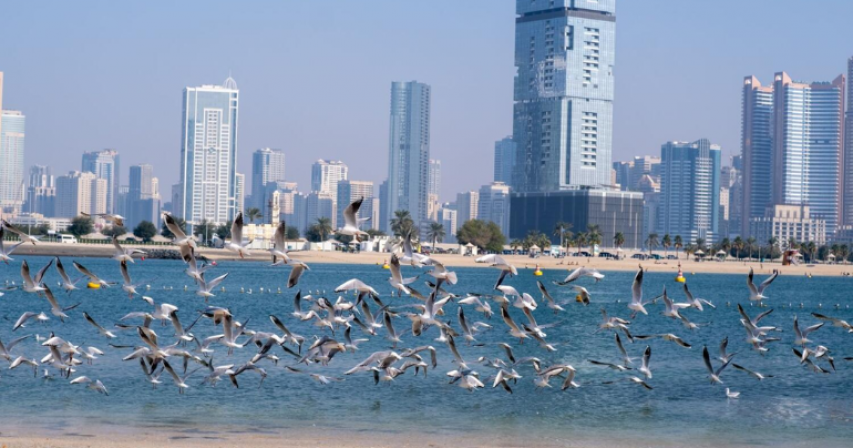UAE: Does winter this year feel warmer, less rainy? Here's why

The United Arab Emirates (UAE) is experiencing a milder winter this year compared to previous years, with higher average temperatures in December. According to experts from the National Centre of Meteorology (NCM), the average temperature for December has been higher than usual, and January is also expected to see relatively warm temperatures. Daytime temperatures are anticipated to be around 24ºC, dropping to 15ºC in the evenings, with mountainous regions experiencing even lower temperatures. The NCM experts noted that this year has seen a slight increase in warmth overall, with temperatures surpassing usual averages, although certain areas have experienced relatively cooler conditions. The overall temperatures are characterized as exceeding the average.
Dr Ahmed Habib from the NCM explained that January typically witnesses a decrease in temperatures, resulting in generally cool daytime weather and cold nights. This change is attributed to the expansion of a high-pressure system ridge over Siberia, bringing a cold air mass that affects both the UAE and the Arabian Peninsula. Additionally, the region is affected by low-pressure systems passing from West to East, and the extension of the red sea trough at times. These pressure systems can lead to cloud development and occasional rainfall.
The weather expert emphasized that December 2023 experienced a lower amount of rainfall compared to previous years during the same month. While the country did experience rainfall, it was not as heavy as in previous years. The UAE saw a surface and upper layer pressure system, and despite promising prospects for rainfall in Saudi Arabia and neighboring regions, the prolonged high pressure in the country hindered the dispersal of rain-bearing clouds across the region.
As the UAE enters its official winter season, strong northwesterly winds known as the "winter Shamal" bring blowing sand and dust across inland areas, particularly affecting exposed regions. These winds lead to rough seas and an increase in wave height. Relative humidity increases, especially in the early mornings, enhancing the chances of fog and mist formation. The frequency of fog and mist is higher in inland areas compared to coastal regions.
Dr. Ahmed Habib also provided insights into the UAE's cloud-seeding efforts, stating that cloud-seeding operations have already been underway in 2024. During the week, cloud cover in the northern region of the country accompanied by sporadic light rain prompted cloud-seeding operations in specific areas, including Hatta, certain regions north of Al Ain, and parts of Fujairah.
Overall, the milder winter and variations in weather patterns are attributed to natural meteorological phenomena, and the NCM continues to monitor and implement measures to manage and study these climate changes in the UAE.
For More Related Updates Please Visit Our Official Website
By- Sahiba Suri






Comments